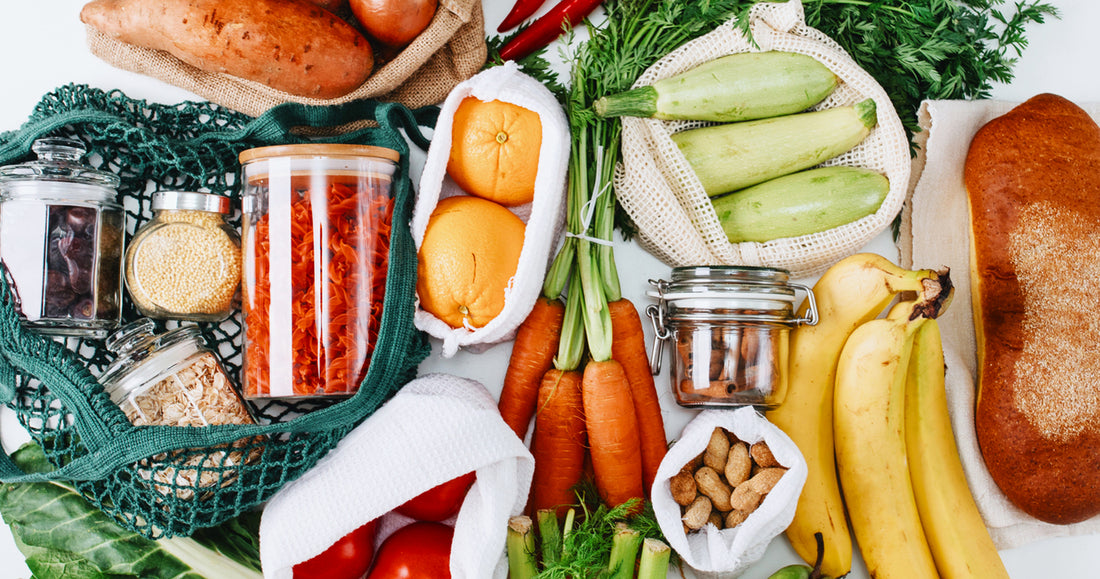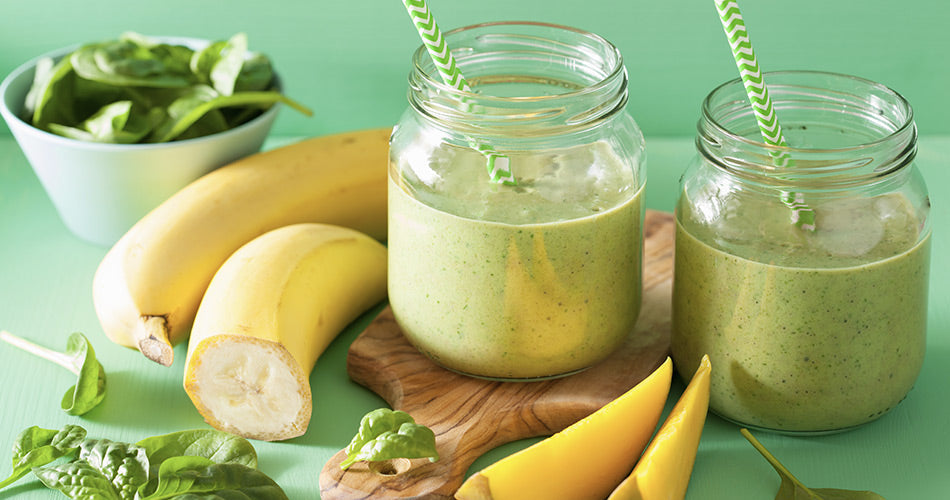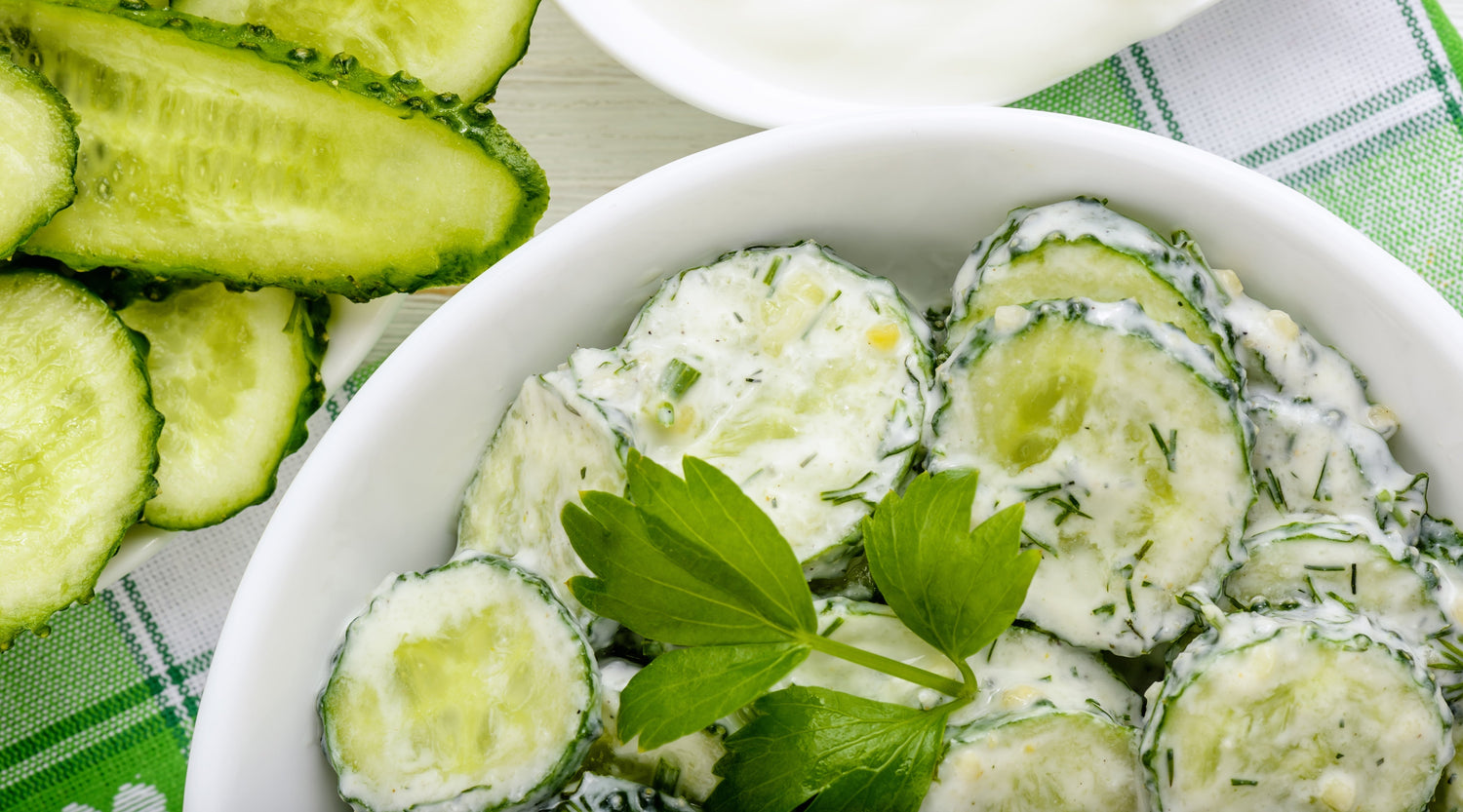I founded just björn with the intention that my products could help other people as much as they have helped me. For our first product, just björn marine collagen, it was important to have a sustainably sourced product that would leave a small carbon footprint and be part of the circular economy. The skin of the Cod is a by-product that was at one time discarded and later used as fertilizer. Now, with hydrolyzing technology, it is able to be turned into marine collagen. Out of what was once considered waste, comes a product of tremendous value, bringing wellness to many people.
Food waste is one of the biggest problems we face today. In the US alone we waste around 119 billion pounds of food. That is more than $408 billion in food thrown away each year. These numbers are so large, that it is hard to wrap your head around them. At the same time, we in the western world are facing a nutrition crisis. Although we have plenty of food and eat enough, many are not getting enough nutrients out of our diets. This results in overproduction of food without getting the required nutrition.
Overproducing means that we are harvesting too much, putting a tremendous strain on the planet—a serious problem that will affect the future generations to come if we don’t act quickly. When we see headlines such as, “119 billion pounds of food wasted” or “350 pounds of food wasted per person each year in the USA” we think wow, that is a lot. But behind those 119 billion pounds there is so much more than just the food itself and the cost to each of us at the supermarket—the water and energy used to grow the vegetables, or raise the animals; the feed, transportation, and labor costs; and the packaging and food discarded that enters the landfill and as it decomposes, produces methane, a greenhouse gas even more potent than carbon dioxide.
We as individuals have little control over the energy that goes into producing the food we consume, but we can choose with our wallets by buying foods that leave a low carbon footprint such as local seasonal vegetables, fruit, grains and nuts, and by using all of what we purchase.
I find this list easy to follow:
- Create a food diary for the week
- Only buy what you intend to use
- Pick ugly fruit and vegetables, these taste just as good but tend to not get chosen and go to waste because of the way they look.
- Only cook what you intend to eat
- Support local food producers
- Put your food waste to use by composting – from soil to plants to nourishing soil again!
My diary might look something like this:
Monday—garbanzo and cauliflower coconut curry with rice
Tuesday—salad with leafy greens, grilled chicken (make extra chicken), avocado, tomatoes, yellow corn, caramelized onions
Wednesday—chicken stir fry, use leftover rice from Monday and leftover chicken from Tuesday to make a quick and delicious meal
Thursday—chili sin carne, with kidney beans, rice, sweet potatoes, and green peppers
Friday—stuffed peppers using Thursdays chili sin carne leftovers as stuffing, avocados, and sour cream garlic sauce.
If you plan ahead and dedicate the leftovers consciously to the dish you will be making the next day, you will avoid any left-over build up in your refrigerator AND save time and money.
Another idea is to dedicate one day as “leftover day”. This works well for many people, but I know myself—I tend to collect too much leftover food and end up throwing it away after too much time goes by.
Food systems are responsible for around 26% of global greenhouse gas emissions. We can all contribute to reducing this number by choosing products that leave a small carbon footprint, eating more local vegetables, and reducing our food waste. It starts with each of us and our decisions. Collectively we can make a huge difference.






